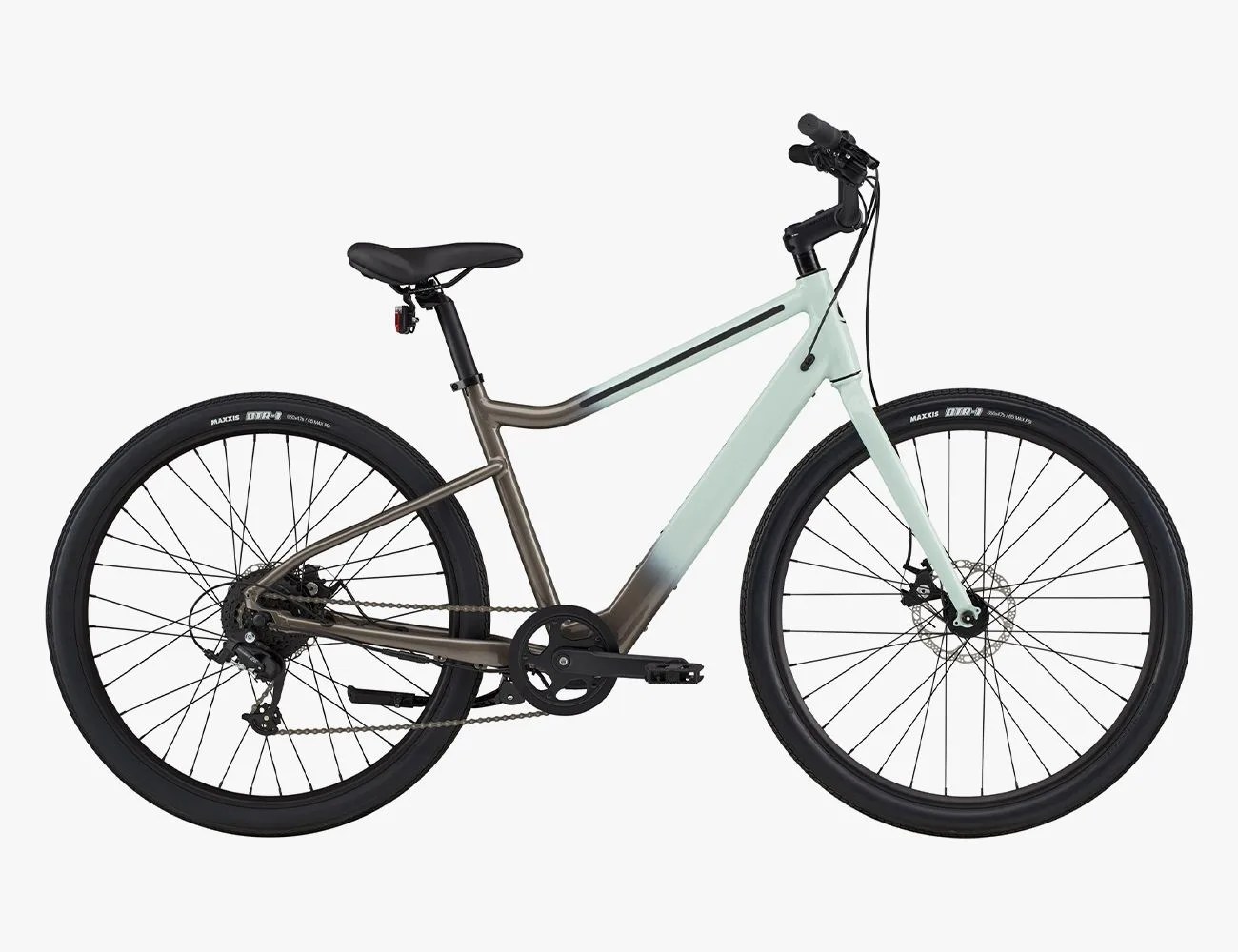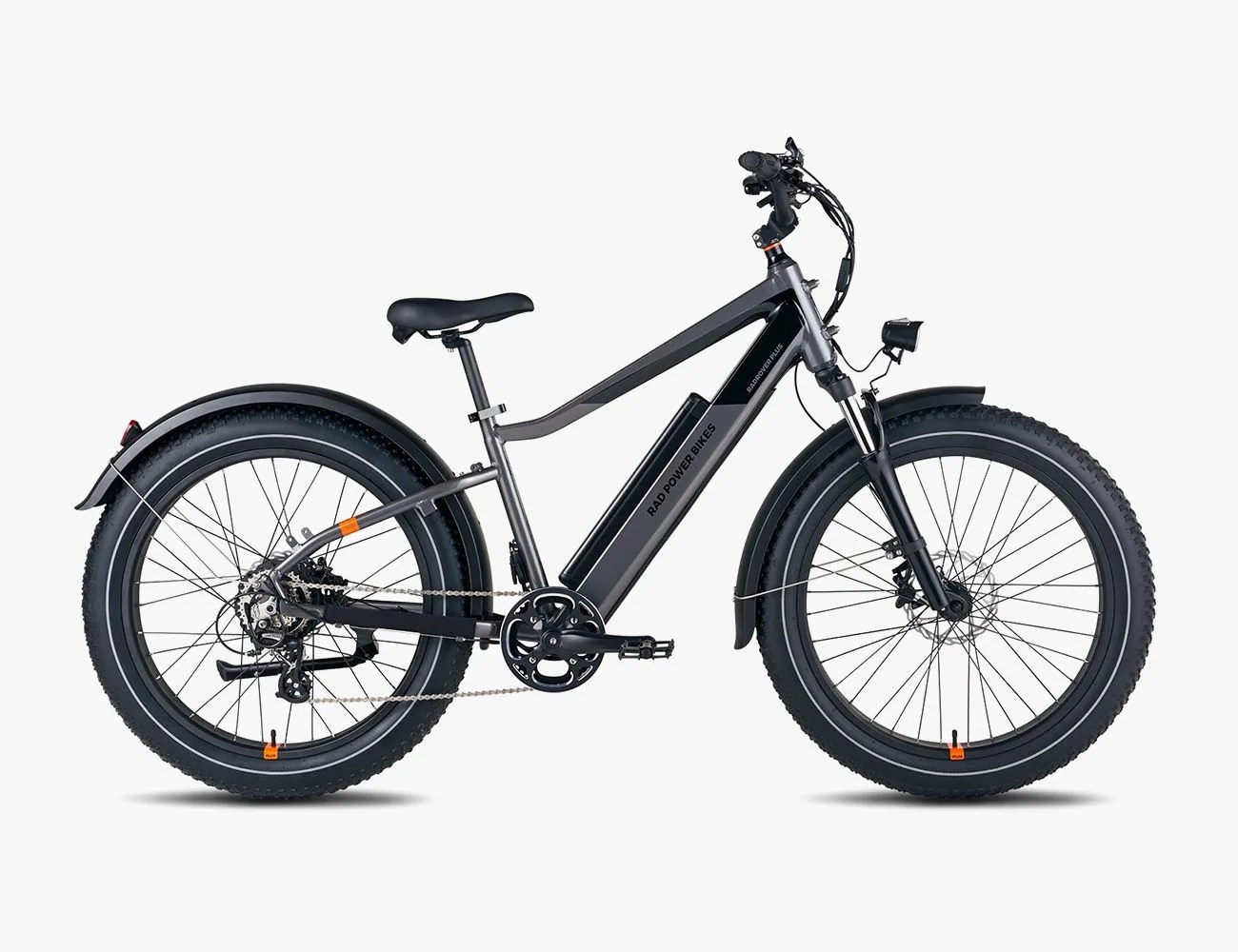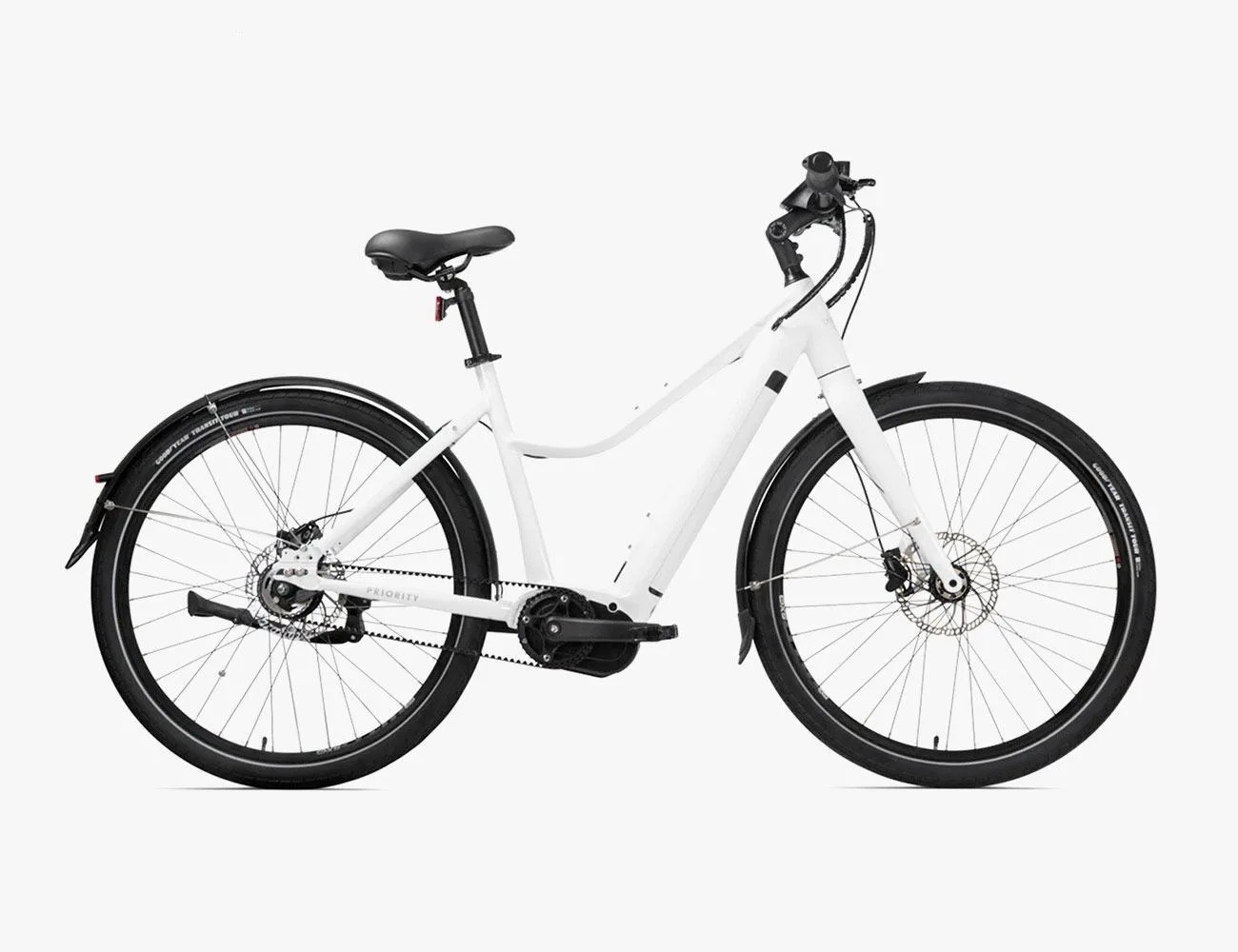If you’ve shopped around for an e-bike anytime over the last few years, you’ve no doubt noticed there are seemingly endless makes, models and styles to choose from. There are also classes assigned to each and every one of those shiny rides. So what do they mean and why are they important?
What are e-bike classes?
There are three classes an electric bike can fall into: Class 1, 2 and 3. Each class has its own limitations and specifications, and it turns out you can’t simply ride any of the classes anywhere you like. That’s because certain public avenues only allow specific classes.
When shopping for an e-bike, its class will determine the power, some of its mechanisms and where you can or can’t ride it.
The basic thing to remember here is that when shopping for an e-bike, its class will determine the power, some of its mechanisms and where you can or can’t ride it. Although most of the bike industry subscribes to these classes, there are sometimes discrepancy in their interpretation. If in doubt, it’s always best to check with your local laws to figure out what you can ride, and where.
What is a Class 1 e-bike?
Class 1 e-bikes are pedal-assist only and top out at 20 mph. If you’re in the market for a bike you can ride virtually anywhere without getting a ticket, any Class 1 e-bike would be a safe bet.
That means that Class 1 e-bikes can ride on bike paths and in bike lanes shared with traditional, non-electric bikes. You won’t have as much power assist at your disposal, but that’s not necessarily a bad thing if you’re sill looking for a workout.
 REI
REIBest Class 1 E-Bike




